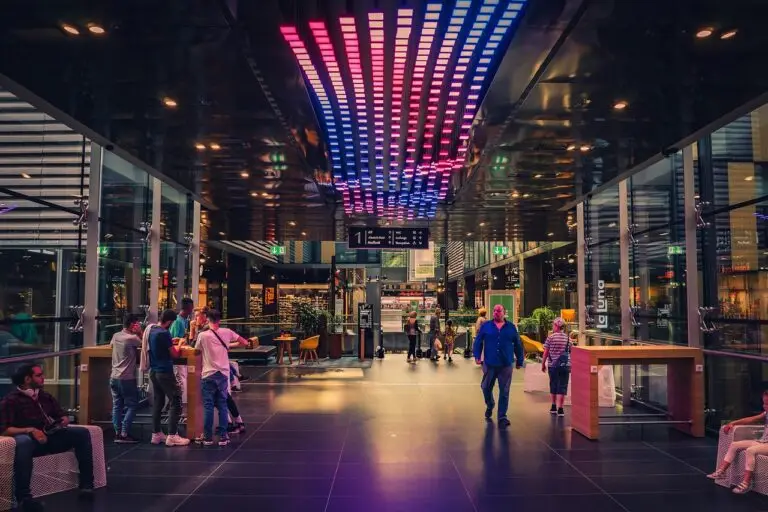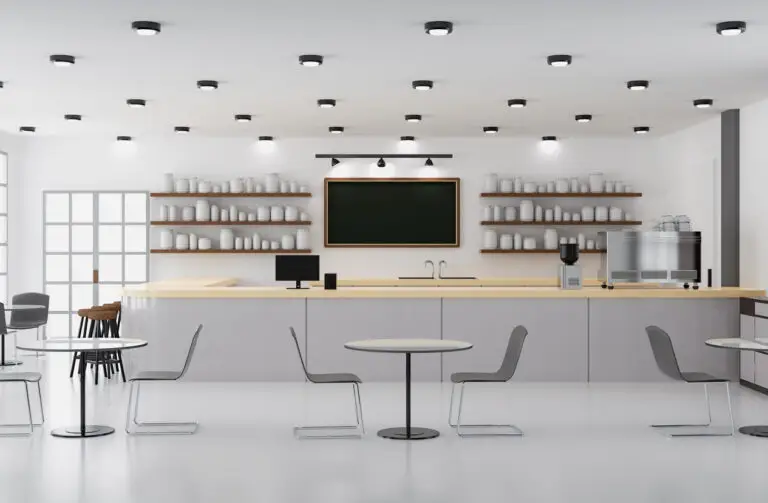
The Role of LED Lighting in Reducing Operational Costs for Shopping Centers
In an increasingly competitive retail market, shopping centers must find ways to maintain profitability while providing a high-quality experience for customers. One of the most effective strategies for achieving this balance is by reducing operational costs through energy-efficient solutions. LED lighting has emerged as a key player in this area, offering substantial savings without compromising on performance or aesthetics. In this post, we’ll explore how LED lighting can play a crucial role in lowering the operational costs of shopping centers.
Energy Efficiency and Cost Savings: One of the primary benefits of LED lighting is its energy efficiency. LEDs consume up to 75% less energy than traditional incandescent bulbs and even more compared to older lighting technologies like fluorescent or halogen lights. For shopping centers that operate extensive lighting systems both indoors and outdoors, this reduction in energy usage can lead to significant cost savings on electricity bills.
Additionally, LED lights have a longer lifespan, often lasting up to 50,000 hours or more. This means fewer replacements and less frequent maintenance, which further reduces the operational costs associated with labor and replacement parts. Over time, the savings from reduced energy consumption and maintenance can add up, making the initial investment in LED lighting well worth it.
Maximizing ROI with Smart Lighting Controls: Beyond the inherent energy efficiency of LEDs, shopping centers can further maximize their return on investment (ROI) by integrating smart lighting controls. These systems allow for precise control over lighting levels, enabling shopping centers to adjust lighting based on time of day, occupancy, and specific areas in use. For example, dimming lights during off-peak hours or in areas with sufficient natural light can lead to additional energy savings.
Smart lighting systems can also be programmed to respond to external conditions, such as weather changes or the presence of customers in outdoor areas. By using sensors and automated controls, shopping centers can ensure that lights are only used when necessary, preventing energy waste and lowering costs.
Reducing Carbon Footprint and Meeting Sustainability Goals: In addition to the financial benefits, LED lighting contributes to sustainability efforts by significantly reducing a shopping center’s carbon footprint. Many shopping centers are now prioritizing green initiatives, not only to reduce environmental impact but also to meet the growing demand from consumers for eco-friendly businesses. By switching to LED lighting, shopping centers can lower their greenhouse gas emissions, helping to achieve sustainability goals and appeal to environmentally conscious shoppers.
Furthermore, many regions offer incentives, rebates, or tax credits for businesses that invest in energy-efficient technologies like LEDs. Shopping centers can take advantage of these programs to offset the initial cost of upgrading their lighting systems, making the transition even more financially attractive.
LED lighting is more than just a way to illuminate a shopping center—it’s a strategic investment in reducing operational costs and supporting long-term profitability. With energy efficiency, reduced maintenance, and the potential for integration with smart controls, LEDs offer shopping centers a comprehensive solution for lowering expenses while enhancing the customer experience. As the retail landscape continues to evolve, embracing LED lighting is a smart move for any shopping center looking to stay competitive and sustainable in the years to come.



